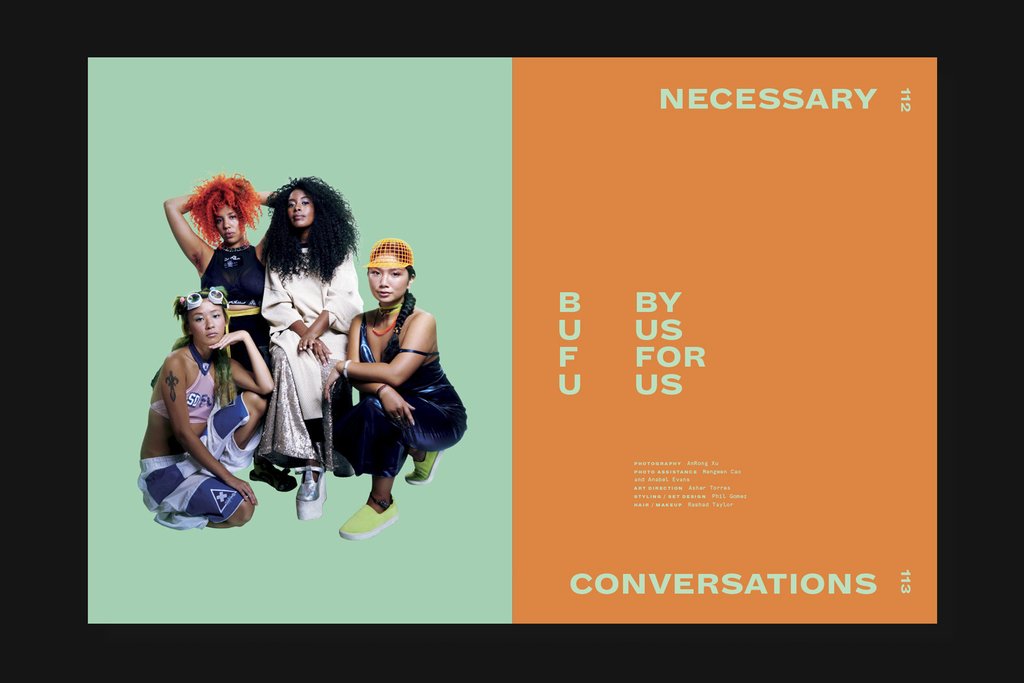If you consider yourself an active participant in New York City nightlife, there’s an 11 in 10 chance you’ve found yourself at one of Susanne Bartsch’s functions. Whether you’ve been sauntering (which is the only appropriate action verb to use in reference to the nightlife icon) around since the late 1980s or find yourself immersed in the notorious NYC nightlife circuit today, her presence and influence have been and continue to be unequivocally prevalent. Her summer party, On Top, serves as a staple in the nightlife community and brings together club kids and creative souls alike to migrate to the Meatpacking District and engage in a night of debaucherous fabulosity (this hasn’t officially been recognized as a real word yet but Susanne Bartsch transcends Oxford and Webster and lexicon in general). Her party KUNST, which has recently come back, is an electropop fashion fantasia. You would know if you were at a Susanne Bartsch fête; it’s like going to a party where all the products at Ricky’s NYC come to life at night. And that’s not the only impact she’s had — her fashion choices themselves, like her false eyelashes that could bench-press a Buick and the bouffant of hair that upstages the Empire State Building — have been featured as a special exhibition at The Museum at F.I.T. last Fall. The Swiss-born legend also has a documentary coming out early next year, appropriately titled BARTSCHLAND, which she discusses with me here, along with a conversation about her empire and legacy-to-be.
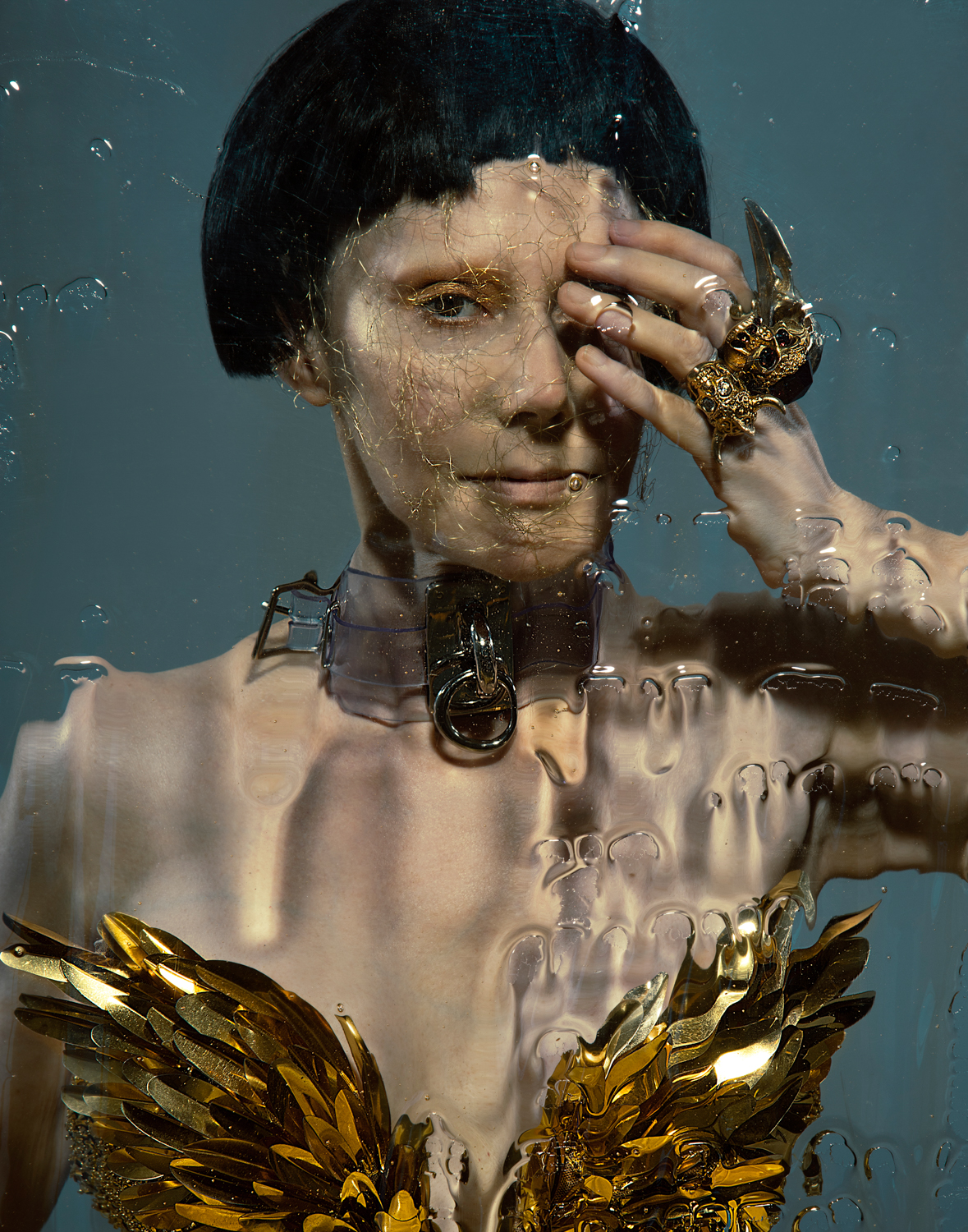
You’ve been a staple in the NYC nightlife scene since your first party at a club near the Chelsea Hotel in 1986. How would you describe its evolution — especially now in the digital age where we document our every step and move?
A lot of things have evolved since I began the club/event business, but I think one of the biggest parts of it that has been affected by the digital age is the way in which I get the word out. In the beginning, my primary ways of promoting my events were through fliers, phone calls, and fax machines…remember those? The calls were very personal and very time consuming; people now tell me how they really loved the calls. Now that I spend as much time getting the word out via social media, the touch isn’t as personal but the message is more far-reaching and travels faster.
What affect do you think the digital era has had on self-expression and finding identity? Do you think it has diluted the personal growth it takes to find oneself or do you think it has enhanced it?
I think it can go either way. On one hand it’s great because there are kids who may live in small towns and don’t have access to counterculture, so they can become part of a cyber “community” of other like-minded people. On the other hand, everyone sees what everyone is doing everywhere every minute of the day; the mystery and discovery is lost and it’s killing the “underground” element.
Do you think social media has changed the motive behind doing it just for the art? Now we use it to make an impression — to amplify the tedium of daily life. How has it changed “to see and be seen”?
Yes, back in the day people dressed as a form of self expression, whereas now I find that people do things to make an impression: take a picture, post things, and build a following. I think it takes away from the authenticity of the art and the camera has become the motive. Social media is very much about building a following and promotion, and sadly quality is associated with quantity, specifically the number of followers a person has. People get jobs based on how many people are following them. Living for the camera changes the focus of art, and of life.
What was the first piece of clothing you put on your body that made you feel like you could become the spectacle and living piece of art you are today?
I added some ripped, heavy cable knit wool knee-highs to a girly little dress that common fashion sense dictated be worn with a pair of white frilly stockings. That was my first experience wearing something “wrong” for the sake of it, and my kindergarten punk fashion statement. I knew I was on to something, just not exactly what.
I’m curious about how you maintain balance in your life, especially with all of the projects you’re juggling. Do you meditate? Do you do yoga? Do you scream into a pillow (my personal favorite)?
Dancing is my meditation. And to blow off steam I go to the gym, cook up a storm, or try on outfits. Lately I’ve been obsessed with making pies.
You started making your mark in the ’80s with a slew of boutiques that introduced many London designers to New York. In what ways did your entrepreneurial endeavors facilitate your participation in the eccentric club scene?
The clothes were the reason for it! I started throwing parties to promote my store, and more than that, give people a place to wear what I was selling. I wanted to create a colorful, high-energy party where people could show off their finery because at the time things in New York nightlife were a little blah; clubs in those days didn’t really have people dressing up. I love expressing myself with looks, and last but not least I wanted to create a place for myself to go.
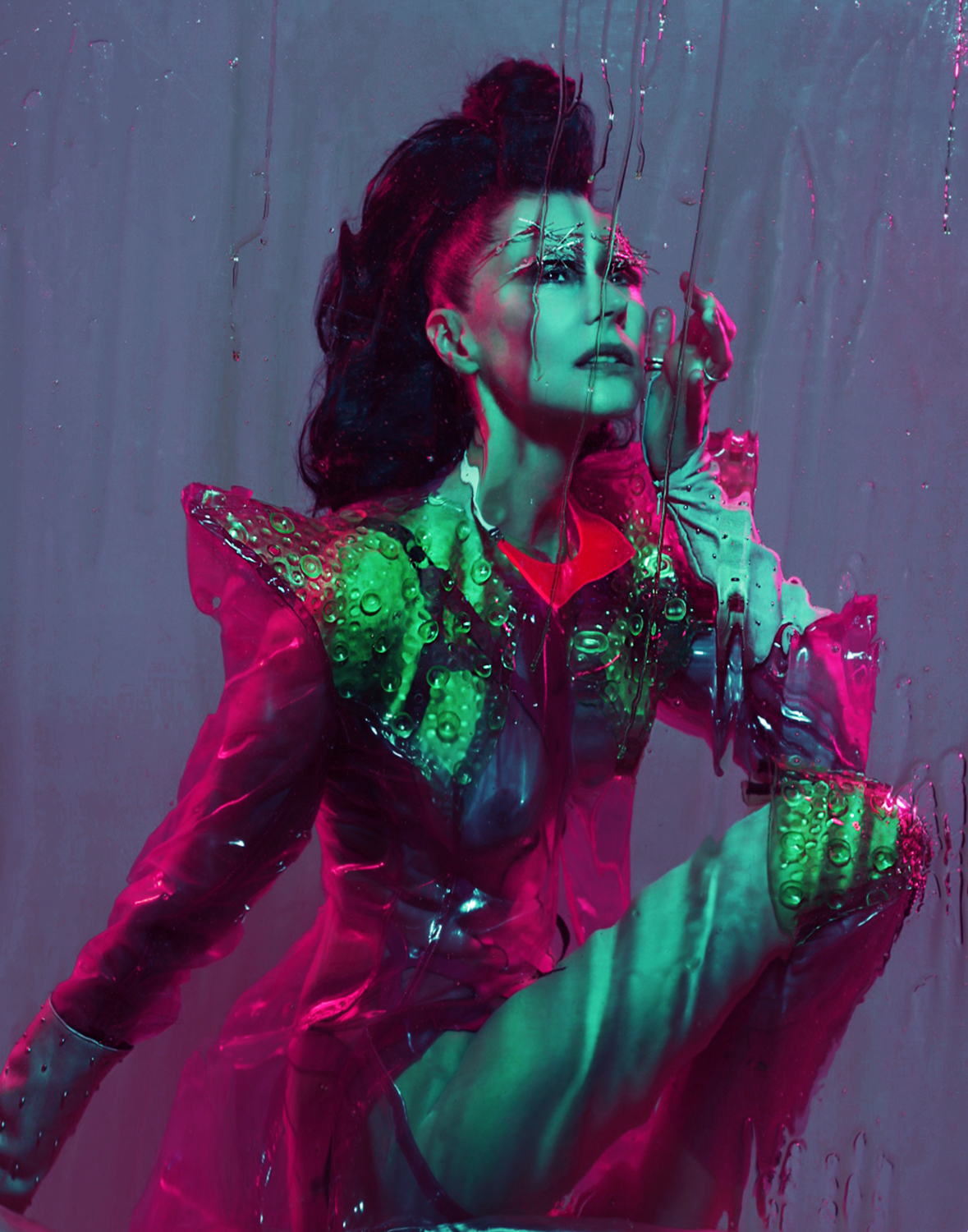
It’s unequivocal that you’re a mother-like figure to many of NYC’s queer club kids. Do you feel a certain responsibility with that title? How do you want to use the club environment to promote a message of love, compassion, and acceptance?
I’m not bonkers about the “club” label, or any label really, because while clubs are definitely a big part of what I do and what I have done, they are really just a facet of the stone that I’ve carved out to be my life. I like to think that I’ve been a mother to not only queer club kids, but straight, bisexual, asexual and everything in between. I also believe that my events are more like environments — a place that allows people to be themselves in an atmosphere of love and positivity.
You’re a spearheader in the movement for AIDs advocacy with events like your famed Love Ball, which, in recent years, has raised over 2.5 million dollars for people living with AIDs. What made you want to combat AIDs and how do you think your participation changes now in the age of drugs like PrEP and other advances in medicine that didn’t exist back then?
What got me involved was feeling helpless; I was in pain and sad. My friends were dropping like flies — it was a very scary and devastating time. Love Ball was a celebration of life, and what better way to show support than to bring together communities which were most affected by this disease. I also wanted to raise awareness. The landscape now of course is completely different. People are not dropping dead in droves. It’s so great that we have made the advances in fighting the disease that we have. Yes, my focus in terms of charity involvement has shifted more to the needs of children, but my heart will always be in the fight against AIDs because I was in the belly of the beast when it was ravaging NYC’s creative community.
I think it’s safe to say that you’re a pioneer in the convergence of nightlife and the art world — you take one and put it with another or curate an amalgam of the two; you’ve even had your own exhibit at The Museum at F.I.T. Why do you think it’s important to blend these communities together?
Because of the ephemeral nature of the art that is expressed in clubs, a lot of the brilliance from DJs, dancers, and personalities gets lost out there. They’re sort of like sculptures made out of snow. I love providing a platform to artists whose work is literally off the wall. For me self-expression has always been an art form. I see some of the people coming to my events and they are living art, pure and simple. I am as amazed by seeing them transform themselves as I am seeing a Cindy Sherman piece, or a Richard Serra sculpture. The natural progression was to contextualize what people were doing at my events as art with a capital A by framing it and asking artists to create live ongoing visual installations at some of my events. I also started a series called bARTsch where I create a space and a platform for the people in my world who inspire me to showcase their creativity which goes beyond a standard gallery or museum setting. We had a very successful event at The Chelsea Hotel gallery and I had a five-day event during New York Fashion Week where we did events throughout Times Square showcasing living art. Before I knew it, I was asked by PS1 MoMA to bring those “off the wall” artists into their hallowed, white cube walls, where I’m thrilled and honored to be presenting another installment of my long running art project…HALLOWEEN!
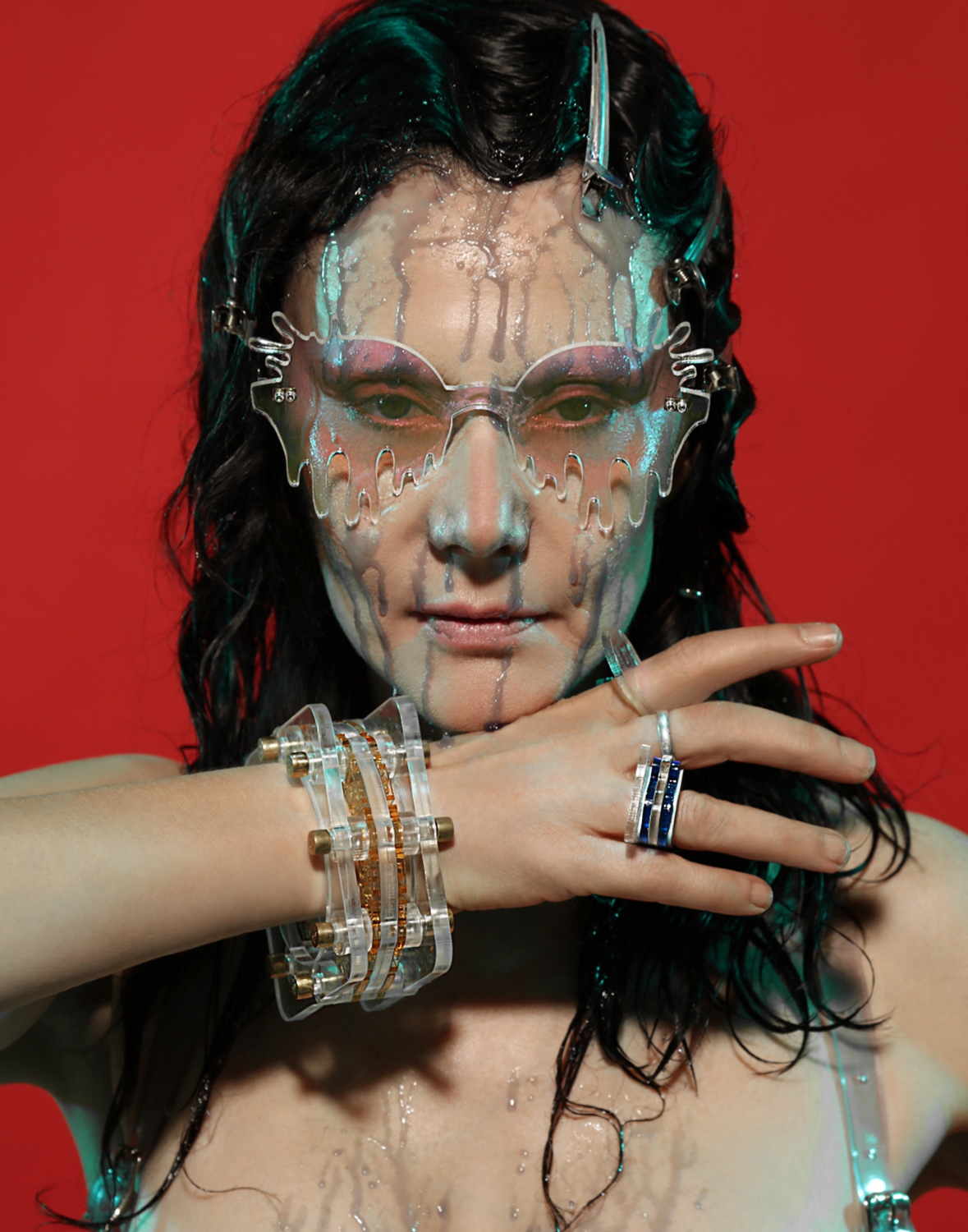
Tell me about your upcoming documentary, BARTSCHLAND. What reaction are you hoping to elicit with it? What is the most important thing you want it to capture about you?
It’s important to me that people know I’m not making this about myself. It has always been and continues to be important to me that the artists and the counterculture personalities around me are able to express themselves via my life and experiences, so this film will be a perspective of my life as an artist and how it’s helped shape culture. It’s about me, but most importantly about the nature of devoting your entire life to an artistic form. I’ve let the film’s team into my life, and allowed them to document what it’s like to be Susanne Bartsch. It’s been quite the experience so far! And of course I hope you all love it. Part of the message is…do try this at home!
Not only are you a prevalent figure in the NYC nightlife community, but also prominent in the international circuit as well. What keeps you in NYC?
It was love at first sight, sound, and touch. I fell in love with a man, followed him here, and wound up falling in love with the city more! It’s just my home at this point; it’s my kind of town!
What’s next for Susanne Bartsch in the not-too-distant future?
Keep your eyes peeled for BEAUTY AND THE BARTSCH, my foray into the beauty biz. I’m starting with a line of couture eyelashes and will see how they go and take it from there. I’m also developing a traveling cabaret extravaganza, a couple of books — one of them is based on the looks from the F.I.T. exhibition with a collaborator I’m very excited about. KUNST, my Brooklyn baby event, continues to grow. I’m also doing a Bloomingdale’s Christmas window. I’m sure I’m forgetting to mention at least three other things I’m working on, but off the top of my head, there you have it! Oh, and look out for the BARTSCHLAND documentary coming out in early 2017.
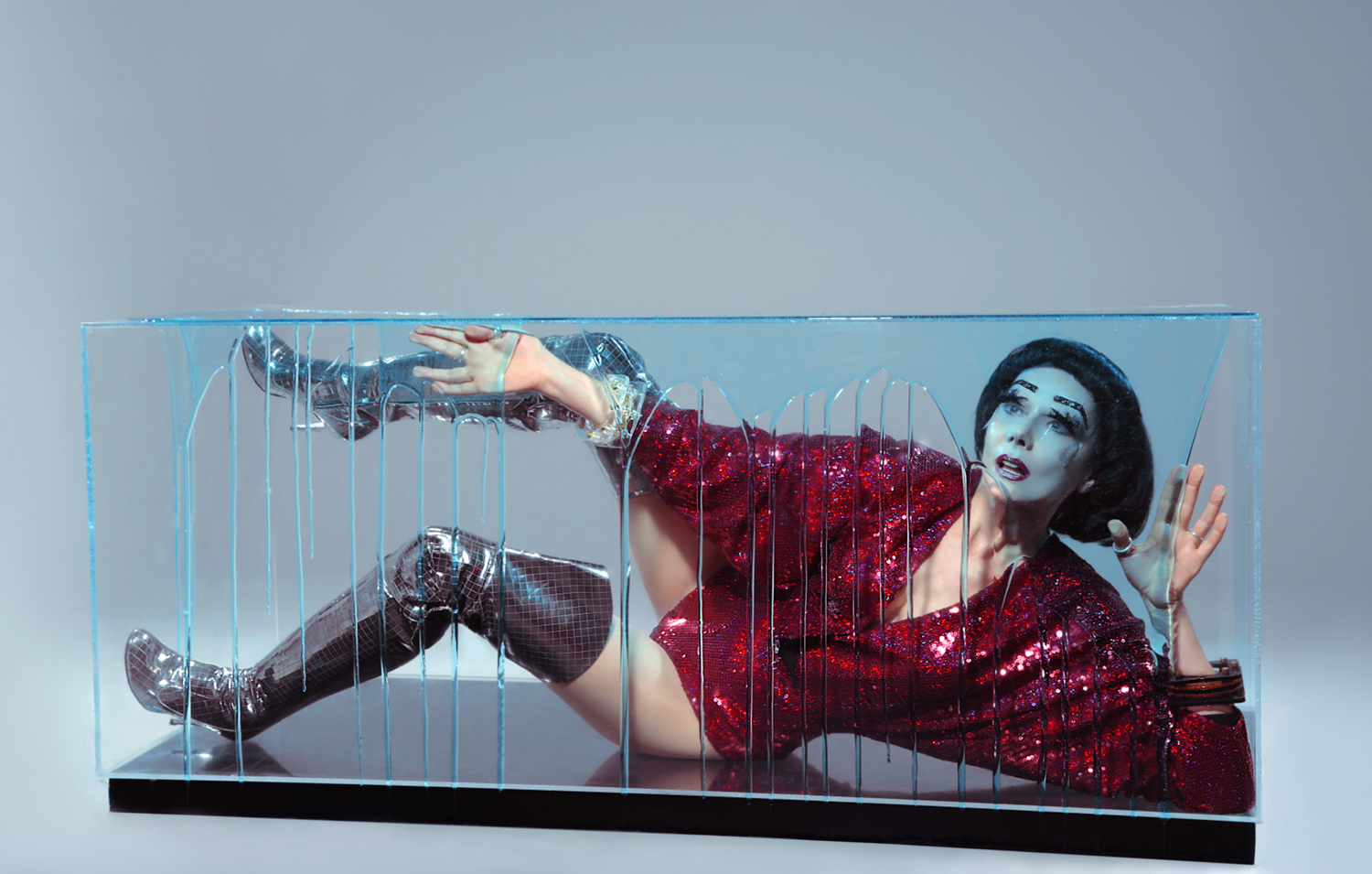
For more information please visit susannebartsch.com.
In this special collaboration with photographer Mike Ruiz, Posture produced an original editorial and interview with Susanne Bartsch for our third print issue. Check out the full feature below.
Photography Mike Ruiz
Art Direction Phil Gomez
Photo Assistance Bryan Griffin
Hair Raquel Martuscelli
Makeup Deney Adam
Posture’s third print issue — The Boss Issue — is now available for purchase. This 168-page magazine features exclusive interviews with artists, theorists, activists, and nightlife icons. The conversations dive deep into ideas of leadership, success, and organizing in queer/trans/non-binary and WOC communities. This issue also represents a new design direction for Posture, one that reflects the mission and purpose of the publication.
Order your copy today through our online shop: shop.posturemag.com.

